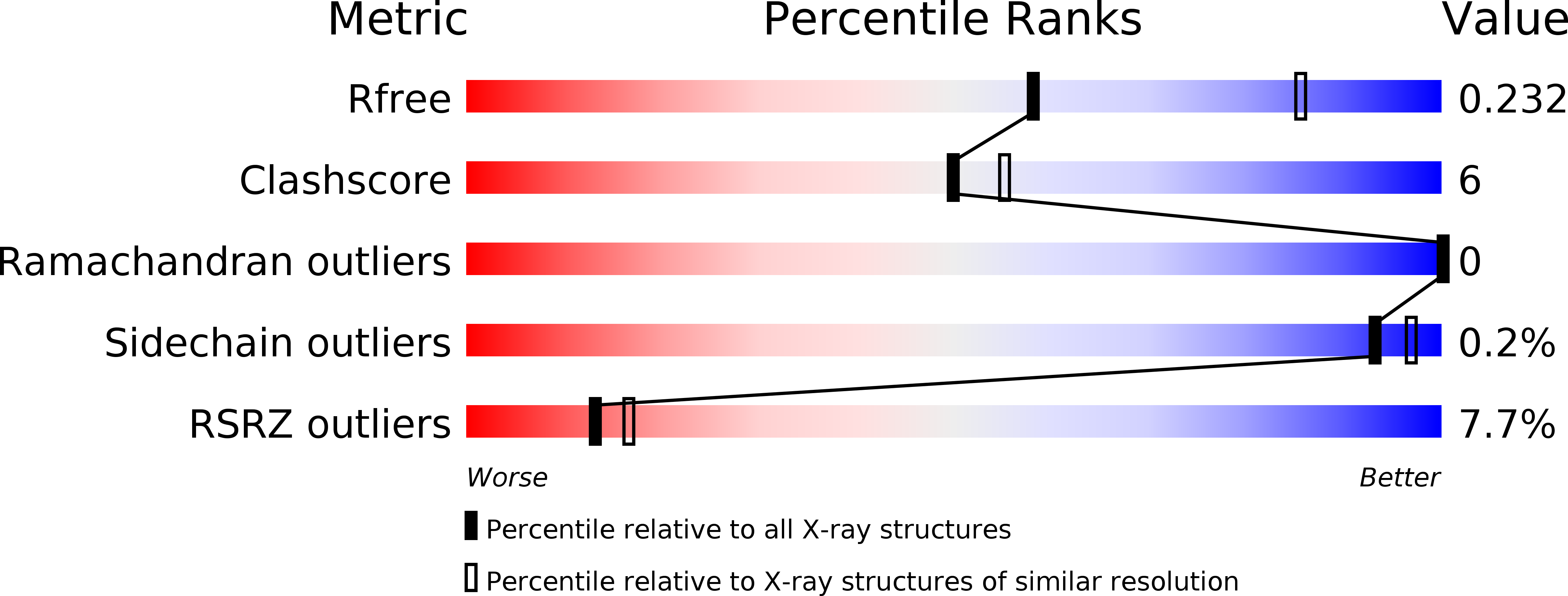
Deposition Date
2018-03-13
Release Date
2019-03-13
Last Version Date
2024-11-13
Entry Detail
PDB ID:
6CP9
Keywords:
Title:
Contact-dependent growth inhibition toxin - immunity protein complex from Klebsiella pneumoniae 342
Biological Source:
Source Organism:
Klebsiella pneumoniae (strain 342) (Taxon ID: 507522)
Host Organism:
Method Details:
Experimental Method:
Resolution:
2.55 Å
R-Value Free:
0.23
R-Value Work:
0.18
R-Value Observed:
0.18
Space Group:
P 21 21 2


